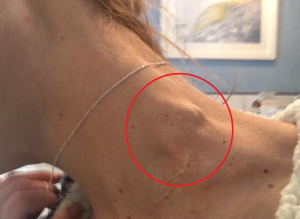
Fluvoxamine, a selective serotonin reuptake inhibitor, and inhaled budesonide, a corticosteroid, have been shown in numerous phase II and III trials to have favorable safety profiles, utilize anti-inflammatory effects for treatment, and stop the progression to severe disease in coronavirus disease 2019 (COVID-19) outpatients.
These trials have all shown that taking these two drugs alone has therapeutic advantages, but not taking them together. Combining treatments that have been shown to be beneficial may increase a drug’s efficiency. It is significant because early SARS-CoV-2 infection requires urgent access to appropriate treatment. The greatest demand for these medications is for COVID-19 outpatients for whom oral protease inhibitors or monoclonal antibodies are unavailable.
To assess the possible cumulative advantages of combining, the current study used a randomized adaptive platform trial. The trial’s design made use of a master protocol that establishes criteria for making decisions about stopping ineffective therapy treatments or starting new ones.
For each of the 12 participating sites in Brazil, they first used a block randomization procedure to randomly assign COVID-19 outpatients to either the fluvoxamine plus inhaled budesonide treatment group or matching concurrent placebos, stratifying participating patients by age into bands of 50 and 50 years. Notably, the study cohort had a vaccination rate of almost 95% and was evenly distributed in terms of age, comorbidities, and body mass index. Additionally, the allocation of treatments was concealed from the RCT team, site employees, and all patients.
For 10 days, the RCT team gave fluvoxamine inhalation doses of 100 mg twice daily and 800 mcg twice daily.
They noted the 28 primary results.






